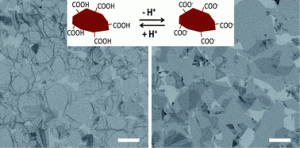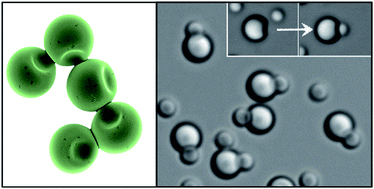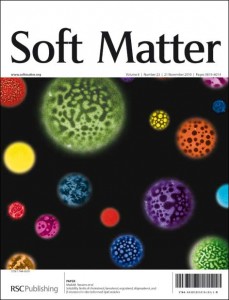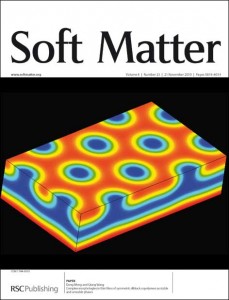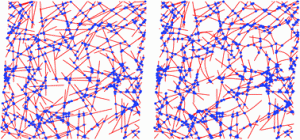Phase diagrams of rod-coil block copolymers using wormlike chain SCFT were constructed by scientists at Fudan University, China, and McMaster University, Canada, to explore the effects of interplay between microphase separation and orientational interaction on microstructures.
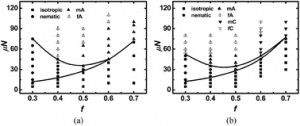
The team led by Ping Tang found that the stability of the monolayer and bilayer smectic phases is associated with the competition between interfacial energy and coil-stretching entropy, which strongly depends on the interplay between orientational interaction and microphase separation and the topological disparity between the semiflexible and coil blocks.











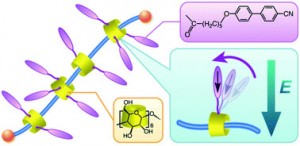
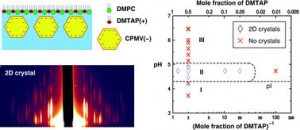
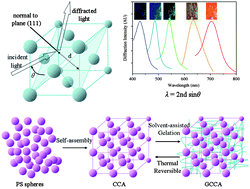
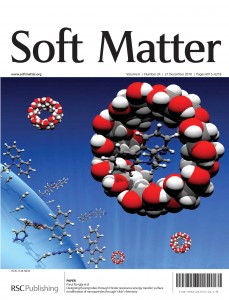
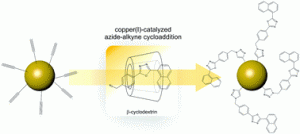
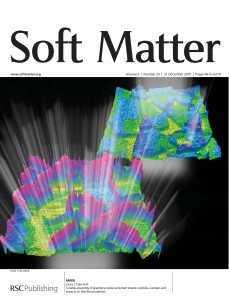 The inside front cover highlights ‘Tunable assembly of graphene oxide surfactant sheets: wrinkles, overlaps and impacts on thin film properties’ by Laura J. Cote, Jaemyung Kim, Zhen Zhang, Cheng Sun and Jiaxing Huang.
The inside front cover highlights ‘Tunable assembly of graphene oxide surfactant sheets: wrinkles, overlaps and impacts on thin film properties’ by Laura J. Cote, Jaemyung Kim, Zhen Zhang, Cheng Sun and Jiaxing Huang.